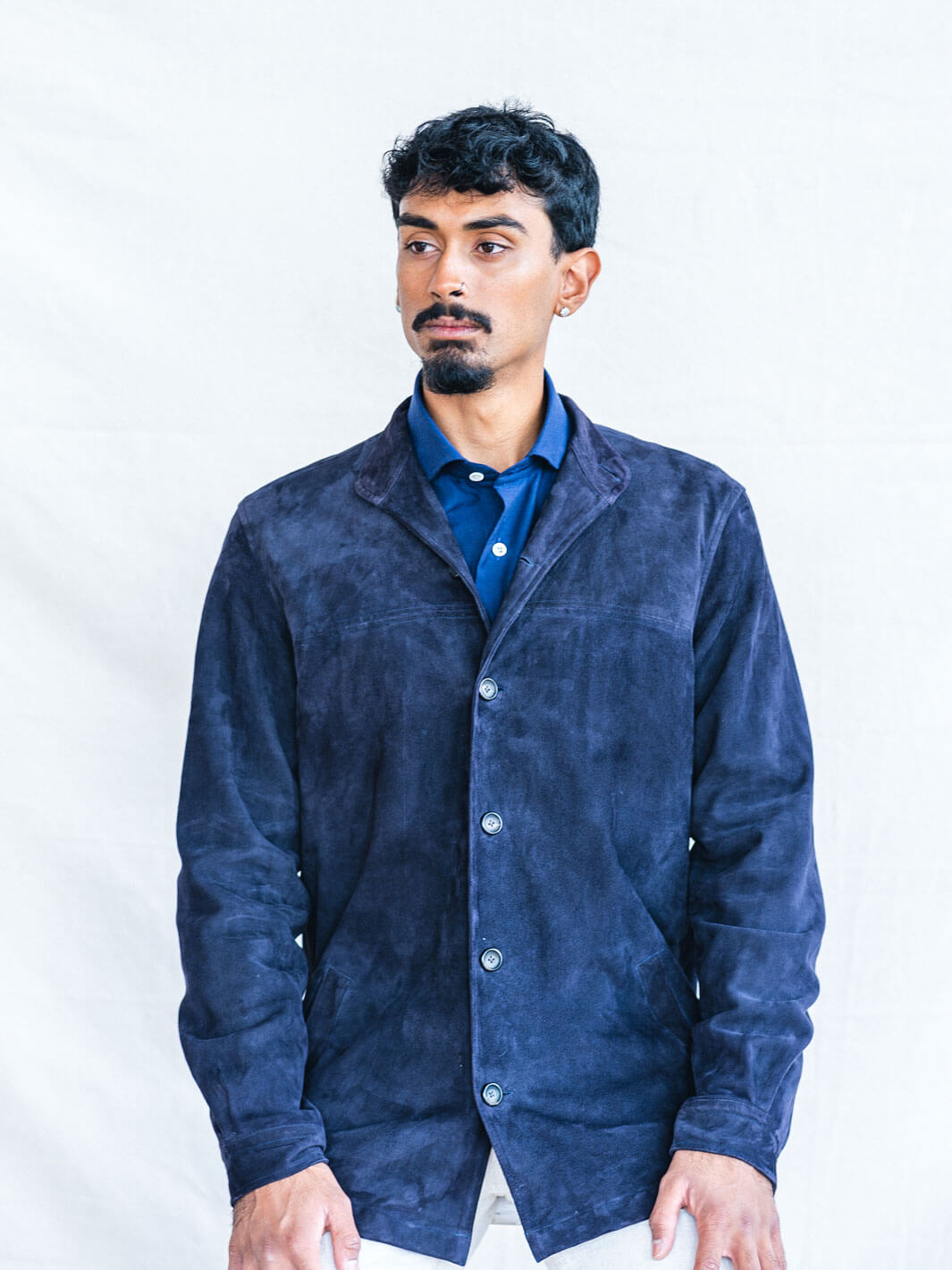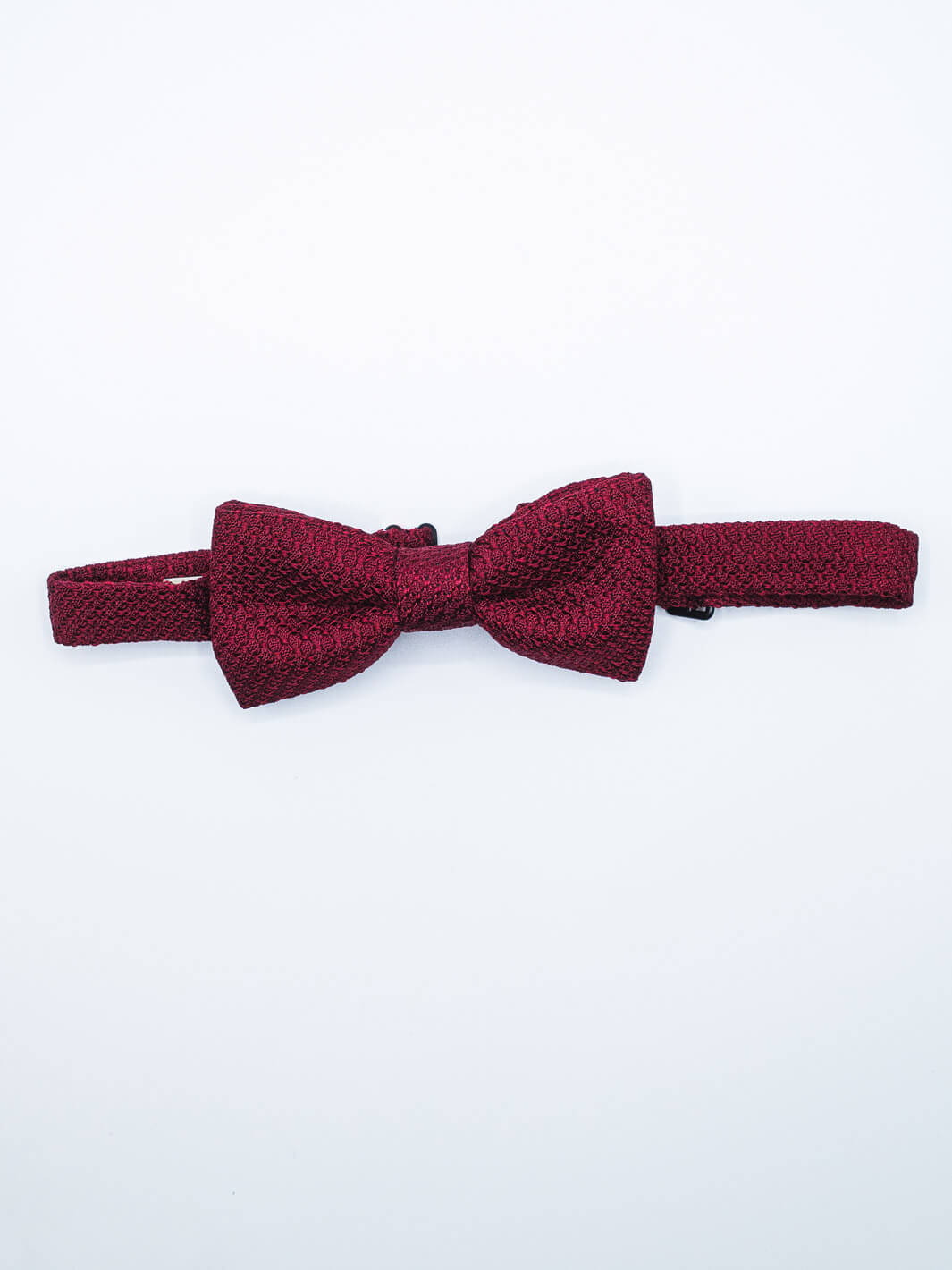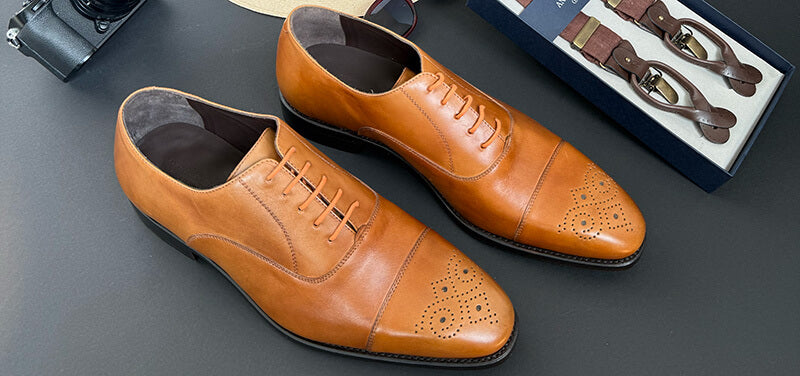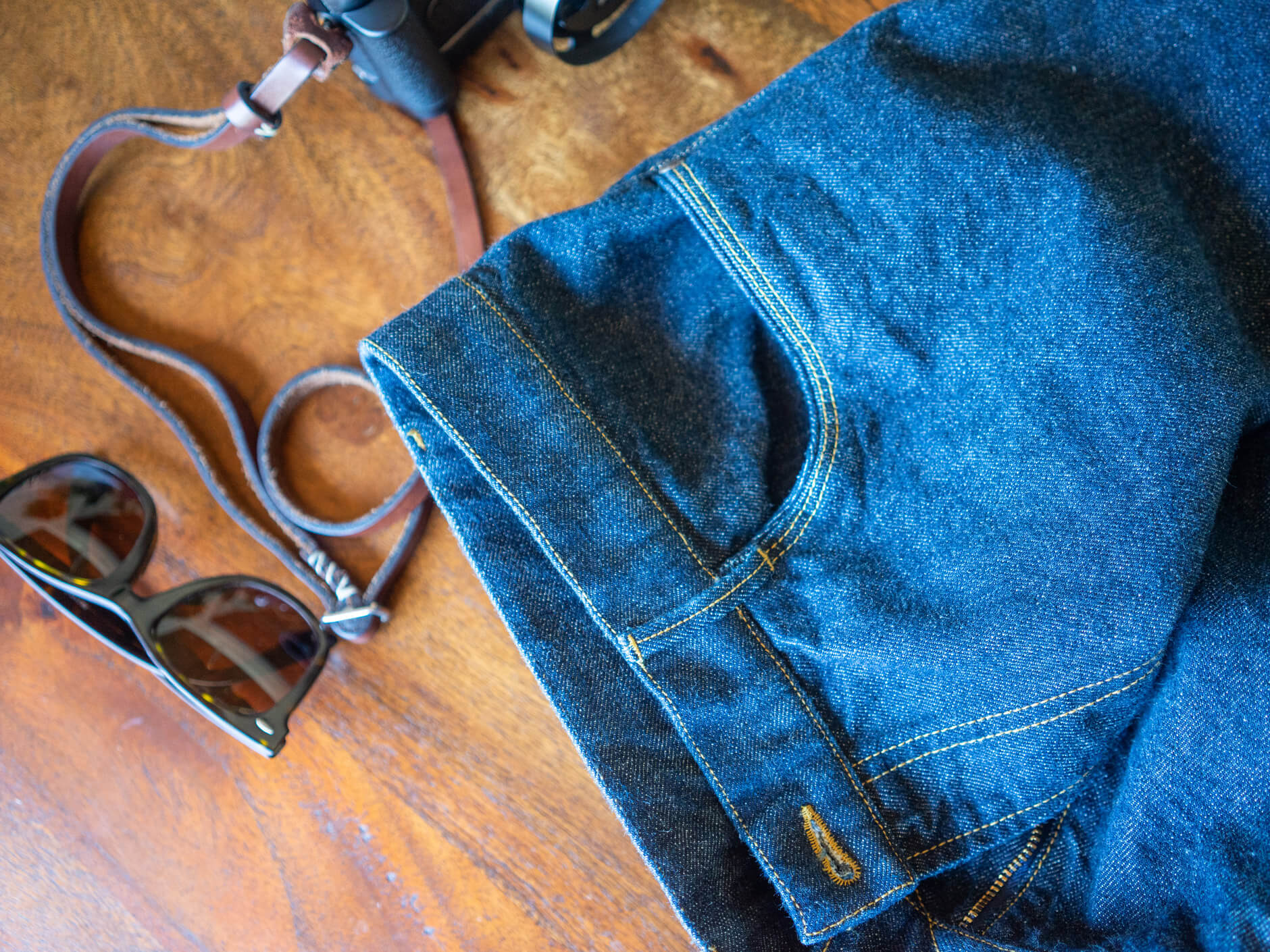Introduction
You've probably seen a pair of selvedge jeans before. Or perhaps you've heard about it from second-hand accounts—in conversation with a friend or browsing a forum discussion online. But what is the buzz really all about, and why is selvedge so much more expensive than regular denim?
Selvedge is a type of denim fabric with a distinct edge—literally. And sales are on the rise, which means more and more people are discovering the benefits of this old-school fabric. But what is selvedge? How do you wear it? And why should you care about this revival of an old fashion trend? Let us break it down for you.
What the Heck is Selvedge?
If you're a denim enthusiast, you know the difference between selvedge and non-selvedge denim. But for those of us who aren't as immersed in the world of raw denim, let's start with what selvedge actually is. Selvedge (literally: "self-edge") refers to the way that fabric was woven on shuttle looms with traditional techniques. Because of this weaving process, each pair of jeans made from selvedge denim will be completely different from any other pair made from the same fabric because no two weaves are identical. This makes for unique fades and an overall appearance that can't be replicated by using modern looms (as opposed to vintage ones).
While selvedge is usually associated with denim in our minds, it also refers to any fabric stitched with a finished edge, which can include items from chinos to knitwear. But as far as denim goes, you can expect to find the best ones in Japan made by companies like Kuroki who use traditional looms and natural dyes.
Anatoly & Sons sells its own line of selvedge denim made from heavyweight Japanese denim fabric, which is then cut and sewn in Europe. We also allow our patrons to order their own custom pair on our "Made-to-Order" page.
Selvedge Begins at the Loom
In order to understand why selvedge denim is so special, you have to understand how it's made. Selvedge begins at the loom and is woven on shuttle machines rather than projectile looms like most modern denim fabric. Shuttle looms shoot a continuous yarn backwards and forwards, thus sealing each end. The shuttle holds the weft yarns (the ones that go over and under), which are threaded across the warp yarns (the ones that go up and down).
The process of weaving selvedge denim is extremely time consuming — it takes about four times longer to produce a single yard of selvedge than regular fabric — but this attention to quality leads to some incredible results:
-
A tighter weave
-
A clean edge with no loose strings or frayed edges
- A unique appearance
History of Selvedge Denim
Selvedge denim began its ascent in the US in the 1950s, when Hollywood adopted “Americana” as a trend. It was during this time that Levi's 501s became popular among youth and rebels, who wore them with black leather motorcycle jackets and white t-shirts.
The Japanese were the first to revive selvedge production in the 1990s because they had already enjoyed a love affair with vintage clothing before Americana became popular again. At this time, Japan was one of the largest markets for vintage clothing; however, these items did not have an authentic look or feel because they were made from cheaper fabrics that had been mass produced on modern looms (these new fabrics didn't have any of the characteristics needed to create true selvedge).
The Japanese set out to restore old shuttle looms so they could produce high-quality selvedge denim with all its characteristics—from rope dying techniques to selecting specific yarns—and sell it at high prices due to how expensive it was to develop and produce such quality garments.
How to Identify Selvedge Jeans
Selvedge denim is made from a tightly-woven fabric, which results in the fabric's diagonal shrinkage along the length of the weft threads. When this occurs, each leg seam will twist slightly towards its respective side (one towards front right and one towards back left). The leg seam of each pair are cut to the selvedge, meaning you will find a colored seam at the edge providing it with a clean finish. In addition, because of selvedge denim's tight weave, it has a more vertical grain structure than conventional jeans; this means it will be more prone to fading along these lines after several washes.
Is Selvedge Right for You?
If you want to look sharp and classic, this is the way to go. Selvedge denim has a tighter weave than regular denim, so it will have a different texture and feel that selvedge enthusiasts prefer. And the weight can vary from medium to heavy.
The extra stitching that holds these threads together also creates a unique pattern on the fabric, which will give each pair of jeans its own distinct look. This makes for custom wear that’s hard to replicate with any other type of clothing in your closet.
Selvedge jeans have more character than other kinds of denim because they have been made with special looms that produce slubs (small bumps) along the edges which can be felt as an uneven texture throughout (slubby denim). And the "nep," which are the little white dots you see in a pair of vintage jeans, are often a desired feature. You might also see some fading at certain points because of the way they are woven; however this adds even more character over time!
Conclusion
With all these facts, you should be well-equipped to choose the best denim for your needs. Selvedge may be more expensive than regular jeans, but if you’re looking for a custom jean that stands the test of time, then they’re certainly worth considering.









